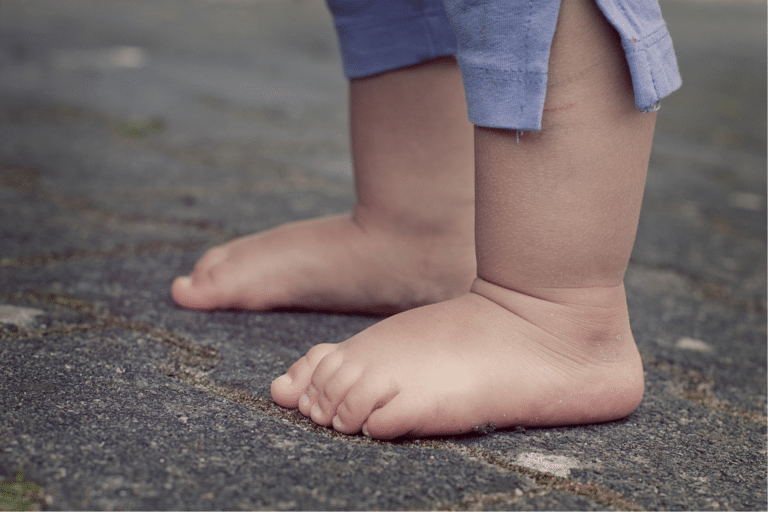Sleep is a developmental process and all children develop in different ways and at different times so there’s no set expectation for when your baby will sleep longer stretches at night. Babies respond intuitively to their surroundings, dating back to when they were cave babies. In those times, frequent waking was a safeguarding mechanism, keeping babies safe from predators. Unfortunately, not all toddlers have yet learned that they are safe and loved in their sleeping space and frequent waking is normal and natural although very hard on parents.
Studies show that toddlers whose needs are met when they wake, grow to be independent and secure and will eventually sleep better as time goes on. You do not need to teach your child to sleep, they will learn by themselves and sleep training, or leaving your little one to cry, can be detrimental to their brain development.
You can implement some good sleep associations by keeping to a short routine and developing it with time and restricting your child’s access to blue lighting (some monitors have blue lighting so it may be worth thinking about this) as well as restricted screen time before your toddler goes to sleep.
Try to remember, this will not last forever and responding to your little one’s needs will help you all grow and develop as a secure and well attached family. If you’re able to, try to sleep when your child sleeps and consider how you can improve your own sleep habits to maximise the sleep you’re getting.
Safe bedsharing can continue to be a good solution for some families with toddlers who don’t yet sleep solidly. You can ask more questions on bedsharing in the Anya app if you’d like more information on this.
Nap times
Your toddler may have now settled into a pattern of 2 naps per day. Often one nap is long and the other shorter. It does not really matter which nap is shorter or longer, and it can change from day to day. It is still fine to contact nap if you are enjoying doing so and your little one sleeps better this way. It is also fine to have naps in the buggy or sling if that works well for you. You may want to try one nap a day in the cot and see if your toddler settles. Some do like to nap in the cot, others are not so keen. Remember that children do not need to learn to self-settle for naps, although some may do so. It is ok to help them to sleep by feeding, rocking, cuddling or taking them out for a walk.
Toddlers may well have reduced their daytime milk feeds – especially if you are back at work. They tend to be very busy in the daytime, playing and exploring. They may have some short feeds, or none at all. At night, there are few distractions, and periods of fast development or changes in circumstances often lead to more waking at night.
It is very common for toddlers to continue to wake quite frequently and ask to feed to settle back to sleep. And let’s face it, it is the quickest way! So, it is very common for toddlers to have the majority of their milk feeds at night.
Many people are fine with continuing to feed at night as it is so quick and easy and do rest assured that your toddler will eventually *not * need to feed back to sleep any more, even if you do nothing. However, you may decide at some point that it is time to night wean – and we do have more information about this if you would like to know more.
There’s more information about this, and about night weaning, in the Anya app.
You cannot teach your baby to sleep by leaving them to cry. We respect that all parents have their own perspectives on what is safe and appropriate for their child and family, and if you have done cry it out or controlled crying methods with other children it may feel uncomfortable or challenging to read this. We are hear to reassure all parents that there are many gentle ways to support your baby to sleep that do not need to include leaving them to cry, and that it’s not necessary to do it in order to ‘teach’ them to sleep.
Remember: sleep is not a skill that can be taught, it is a process that is developed over time with support.











